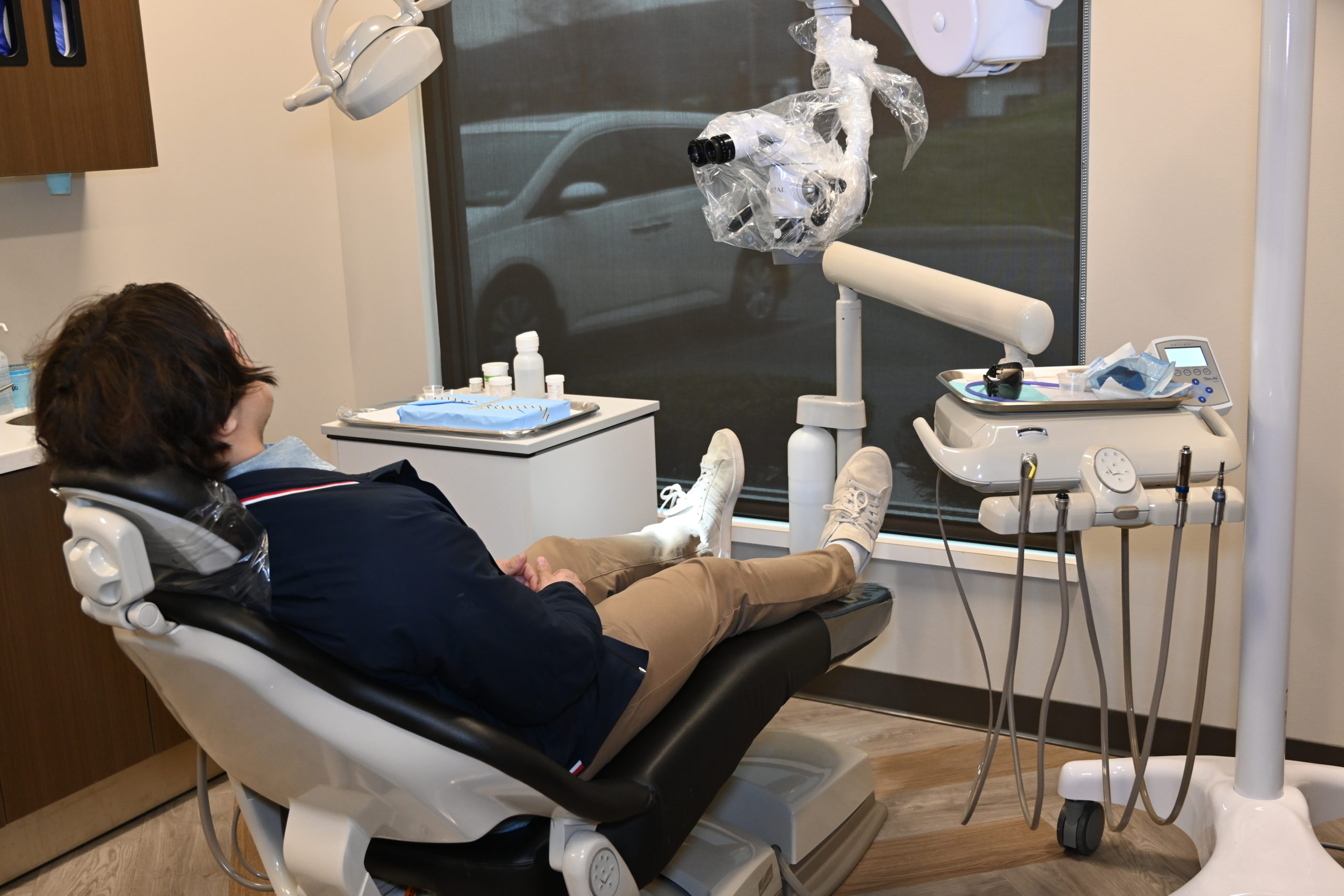With proper care, teeth that have had a root canal can last a lifetime. However, certain problems can affect the health of a treated tooth causing reinfection and even pain.
If this happens to your treated teeth you have another chance to save the tooth with endodontic retreatment. This is an additional procedure that may be able to diminish dental pain/discomfort and promote healing.
As with any dental or medical procedure, it’s always possible your tooth won’t heal as expected after initial treatment for a variety of reasons, including:
- Narrow or curved canals were not treated during the initial procedure.
- Complicated canal anatomy went undetected in the first procedure.
- The placement of the crown or other restoration was delayed following the endodontic treatment.
- The restoration did not prevent salivary contamination to the inside of the tooth.
A new problem can also jeopardize a tooth that was successfully treated, such as:
- New decay can expose the root canal filling material to bacteria, causing a new infection in the tooth.
-
A loose, cracked or broken crown or filling can expose the tooth to a new infection.
-
A tooth sustains a fracture.

During retreatment, Dr. Sadiq reassess your tooth canal by removing the filling materials that were placed in the original root canal treatment. He will then examine the tooth, looking for additional canals or new infections. Dr. Sadiq will then remove any infection, clean and shape the canals, and place new filling materials. The opening is then sealed with a temporary filling.
Once the tooth heals, which may require more than one visit, a new crown or other restoration is placed on the tooth by your general dentist to protect it. Endodontic retreatment is typically a comfortable and successful procedure.

